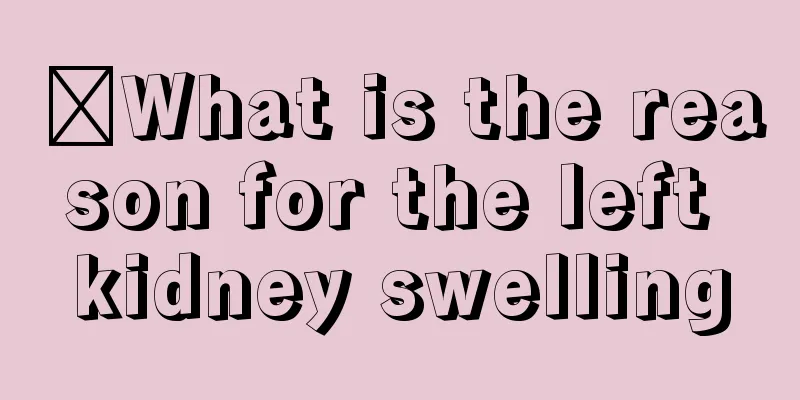Indications for bladder pacemaker

|
There is an old Chinese saying that a living person cannot be held to death by urine. But did you know that some people now have difficulty urinating due to bladder problems? Currently, a good treatment method for this situation is to use a bladder pacemaker. Bladder pacemaker is currently a relatively good method for treating problems such as frequent urination and urgency. Here we will introduce you to the indications of bladder pacemaker. Bladder pacemaker is the common name for InterStim Sacral Nerve Stimulation or InterStim Bladder Pacemaker Implantation, and the registered trademark is InterStim. It is a minimally invasive treatment for urination disorders. Electrodes are implanted in specific sacral nerves in the body, continuously releasing low-intensity weak electrical pulses to stimulate the afferent nerves, regulate the urination reflex, and restore the urine storage and urination functions of the bladder and urethra. In terms of urination control, it can treat or relieve frequent urination, urgency, urge incontinence, and non-obstructive urinary retention. It can also treat or relieve chronic fecal incontinence. The bladder pacemaker implant system is a delicate and compact microelectronic device that includes a pulse generator with memory function - a bladder pacemaker, an electrode and an extension lead. These components are implanted in the body and will not affect the patient's daily life. Bladder pacemakers - Indications In terms of urinary dysfunction, the main treatment is for symptoms of frequent urination, urgency, urge urinary incontinence, and non-obstructive urinary retention in patients who have not responded to conservative treatment (oral medication, behavioral therapy) or cannot tolerate conservative treatment. 1. Overactive bladder and conservative treatment is ineffective. 2. Overactive bladder with impaired detrusor contractility. These patients often experience residual urine or urinary retention when treated with anticholinergic drugs. 3. Urge urinary incontinence caused by incomplete suprasacral spinal cord injury and ineffective conservative treatment. 4. Interstitial cystitis and conservative treatment is ineffective. 5. Urinary retention due to decreased detrusor contractility. 6. Severe urinary frequency and urgency syndrome that is ineffective with conservative treatment. 7. Patients with severe chronic pelvic floor pain accompanied by urination disorders and ineffective conservative treatment. It can be said that the above-mentioned types are all indications for bladder pacemakers. You can compare your symptoms. If they are met, you can use a bladder pacemaker for treatment. You should know that a bladder pacemaker is a minimally invasive surgery. It can not only be used to treat diseases, but also will not have any impact on the patient's life and other body organs. It is a relatively good solution. |
<<: Indications for temporary cardiac pacemaker
>>: What are the treatments for variant asthma cough
Recommend
Does eating soft-shelled turtle have anti-cancer effects for women?
In order to regulate and nourish their bodies, ma...
Can lymphoma recurrence be cured? How to prevent recurrence
Lymph is an important part of the human body, but...
Where do breast cancer symptoms usually appear?
Where do the symptoms of breast cancer usually ap...
How many years can a patient with mid- to late-stage transverse colon cancer live?
The survival period of patients with mid-to-late ...
How to do parotid gland radiography
Parotid gland angiography refers to an imaging ex...
The efficacy and function of fish oil lecithin
Fish oil lecithin soft capsules can have great ef...
What are the early symptoms of cervical cancer? What are the early manifestations of cervical cancer?
What are the early symptoms of cervical cancer? C...
Treatment and diet for esophageal cancer
The diet for esophageal cancer should first be ai...
Treatment of encephalitis
Society is progressing day by day, but the handli...
What are the medicinal diet recipes for ovarian tumors
What are the dietary prescriptions for ovarian tu...
What to do if a bug crawls into your ear
Insects can be seen everywhere, especially in pla...
How to provide psychological care for lung cancer patients? Psychological care for lung cancer starts from three points
Lung cancer is a disaster for patients and their ...
The causes of ovarian cancer can be divided into the following aspects
Women suffering from ovarian cancer make many fem...
What are the benefits of important treatments for skin cancer
In recent years, skin cancer has gradually risen ...
How is radiofrequency ablation for liver cancer? A brief analysis of the effect of radiofrequency ablation for liver cancer
Liver cancer has a high incidence rate and is ver...









